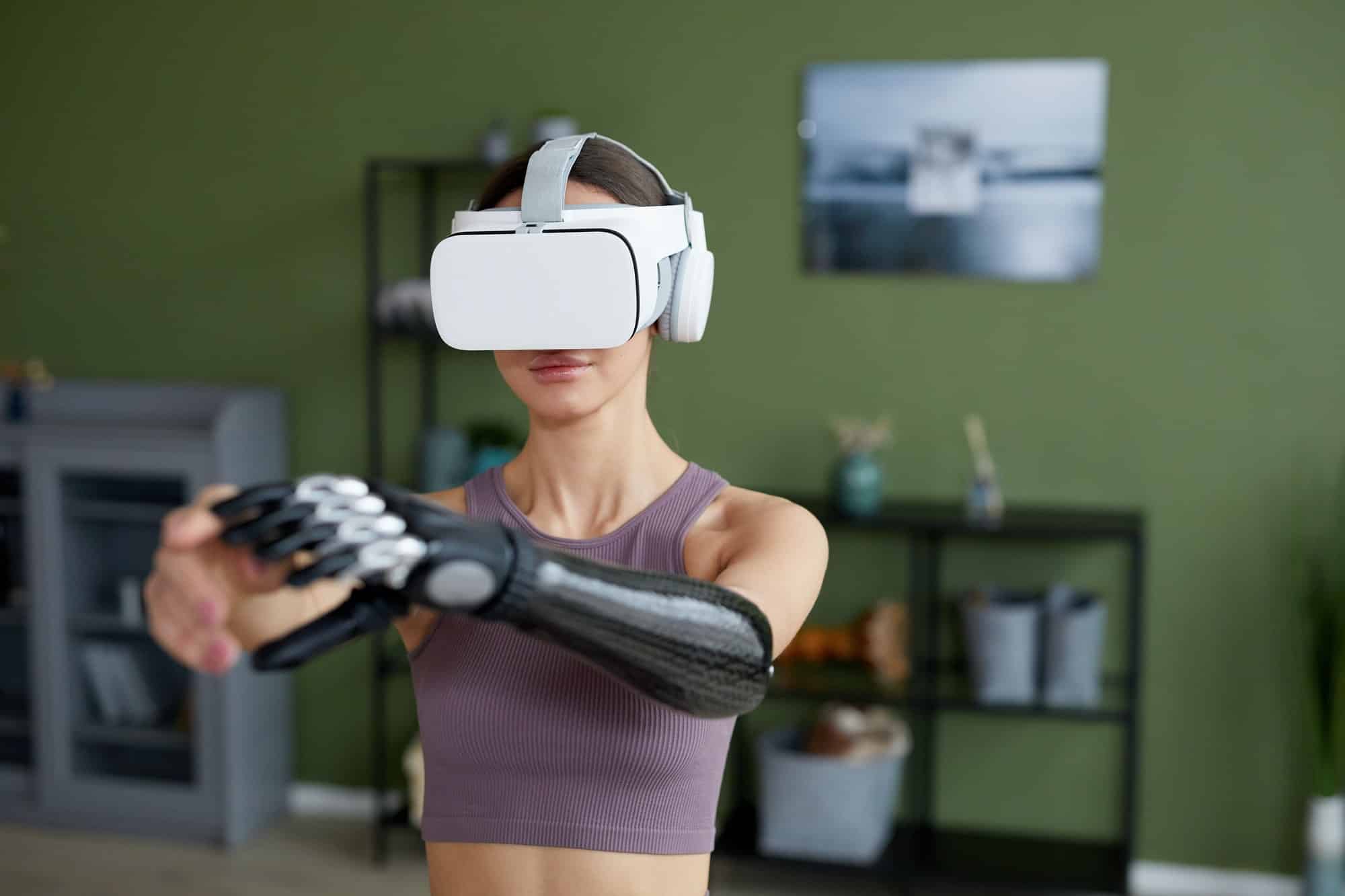Virtual Reality (VR) is a revolutionary technology that has vast potential in many fields, including education and training. One area where VR is becoming increasingly beneficial is in the training of emergency services. This immersive technology can provide students with real, life-like situations to enhance learning and improve skills. Virtual reality simulation-based training can offer a safe environment for students to learn, practice, and perfect their skills before they are exposed to real-life situations.
Understanding the Value of Virtual Reality in Training
In order to effectively develop a VR training program for the UK Emergency Services, it is essential to understand the value of this technology in training. Virtual reality, with its immersive capabilities, has proven to be an effective tool in the learning environment.
Have you seen this : How to Develop a Local Sourcing Strategy for UK Gourmet Burger Restaurants?
In the realm of emergency services, virtual reality can provide realistic scenarios for practise, which are impossible to replicate in traditional teaching settings. This can be particularly valuable in health and medical training, where students can be exposed to complex procedures and emergency situations in a controlled and safe environment.
Virtual reality also offers the advantage of providing immediate feedback and the ability to repeat scenarios multiple times. This allows learners to understand their mistakes, learn from them, and ultimately improve their skills.
This might interest you : How Can Independent UK Fashion Designers Compete with Fast Fashion using Sustainable Practices?
In terms of cost efficiency, while the initial investment in virtual reality technology can be significant, the long term benefits and potential savings are compelling. The ability to reduce the need for physical resources and the ability to provide training remotely can result in significant cost savings.
Ensuring Technological Compatibility
When developing a VR training program, it is crucial to ensure technological compatibility. This includes considering the hardware and software requirements, as well as understanding the technological capabilities of the students and the organisation.
Choosing the right VR hardware is a key consideration. The device should be comfortable for the users, easy to use, and provide a realistic and immersive experience. It is important to choose a device that is durable and robust, given the rigorous use it may endure in a training environment.
The VR software should be user-friendly, with intuitive controls and interface. It should also be customisable to the specific needs of the organisation and the learners.
It is also essential to assess the technological readiness of the organisation. This includes the availability of necessary infrastructure, technical support, and the skill level of the users.
Developing Relevant and Realistic Scenarios
The heart of a successful VR training program lies in the creation of relevant and realistic scenarios. This is particularly important for emergency services, where real-world situations can be unpredictable and complex.
Developing scenarios that accurately reflect potential real-world situations is crucial. This involves understanding the challenges and situations that the students are likely to face in their roles. The scenarios should be designed to test and develop the key skills required in these situations.
The use of real-life data and input from experienced professionals can ensure the authenticity of these scenarios. This can include actual case studies, or input on typical emergency situations that the students may encounter.
Incorporating Assessment and Feedback Mechanisms
The incorporation of effective assessment and feedback mechanisms is a key consideration in developing a VR training program. Feedback is essential to the learning process, as it allows students to understand their strengths and weaknesses, and helps them to improve their skills over time.
Virtual reality technology can provide real-time feedback during the training sessions, allowing students to make immediate adjustments. This includes performance metrics, such as response time and accuracy, which can be used to track progress and identify areas for improvement.
Assessment can also be incorporated into the VR scenarios, providing an objective measure of the student’s skills and abilities. This allows for the establishment of competency levels and can be used to determine readiness for real-world situations.
Ensuring Accessibility and Inclusivity
Lastly, a successful VR training program should be accessible and inclusive. This means ensuring that all learners, regardless of their technological proficiency or physical abilities, are able to participate and benefit from the training.
This can be achieved by providing comprehensive user guidance and support, including tutorials and assistance for those who are less familiar with VR technology. Additionally, it is important to consider the needs of individuals with physical disabilities, and to provide accessible hardware and software solutions to accommodate these needs.
In conclusion, the development of a VR training program for the UK Emergency Services requires careful consideration of various factors. By understanding the value of VR in training, ensuring technological compatibility, creating relevant and realistic scenarios, incorporating assessment and feedback mechanisms, and ensuring accessibility and inclusivity, a successful and effective training program can be established.
Integrating Scholarly Insights and Real-world Expertise
The inclusion of scholarly insights and real-world expertise is a pivotal aspect when developing a VR training program for the UK Emergency Services. The integration of scholarly insights, drawn from reputable sources like Google Scholar, PubMed Google, PMC Free, and other databases, can greatly enhance the educational content of the program. Articles PubMed and free articles can provide insights into the latest research, scientific findings, and best practices in emergency medicine, health care, safety training, fire safety, and more.
For instance, a systematic review or research article could provide valuable data on how simulation-based training influences decision-making, response time, and other critical aspects in emergency situations.
Moreover, involving experienced professionals from different branches of emergency services in the program development process can significantly boost the realness and relevance of the scenarios. Their first-hand experience and knowledge about real-life situations, challenges, and effective solutions are irreplaceable. They can provide invaluable input on typical and atypical situations that students may encounter, thus enhancing the authenticity of the training scenarios.
Augmented Reality: A Complementary Approach
While virtual reality is the primary focus, it is worth also considering the potential benefits of augmented reality in the training program. Augmented reality, or AR, is a technology that overlays digital information onto the physical world, offering a blend of real and virtual environments.
AR can complement VR by providing additional, context-specific information during training sessions. For example, during a medical emergency simulation, AR could overlay vital information about a patient’s condition, recommended procedures, potential risks, etc. This can enhance the learning experience by providing learners with timely, relevant information to aid their decision-making process.
Moreover, AR can be particularly useful in hardware-software compatibility tests, troubleshooting, and user training. It can provide real-time assistance and guidance, making the technology more accessible and user-friendly.
Conclusion: The Future of Emergency Services Training
In summary, the development of a VR training program for UK Emergency Services necessitates a multifaceted approach. It involves not only understanding the immense value of virtual reality in education, but also ensuring technological compatibility, devising relevant and realistic scenarios, integrating scholarly insights and real-world expertise, incorporating effective feedback and assessment mechanisms, and promoting accessibility and inclusivity.
The rapidly advancing VR and AR technologies hold immense potential in revolutionising emergency services training. The incorporation of these technologies in training can provide more immersive, interactive, and effective learning experiences, equipping the emergency service personnel with the necessary skills and knowledge to handle real-life emergencies.
With careful planning, research, and implementation, a VR training program can be a game-changer for the UK Emergency Services, setting a new benchmark for emergency services training on a global scale. As we continue to explore the applications and benefits of VR and AR, the future of emergency services training looks promising.











